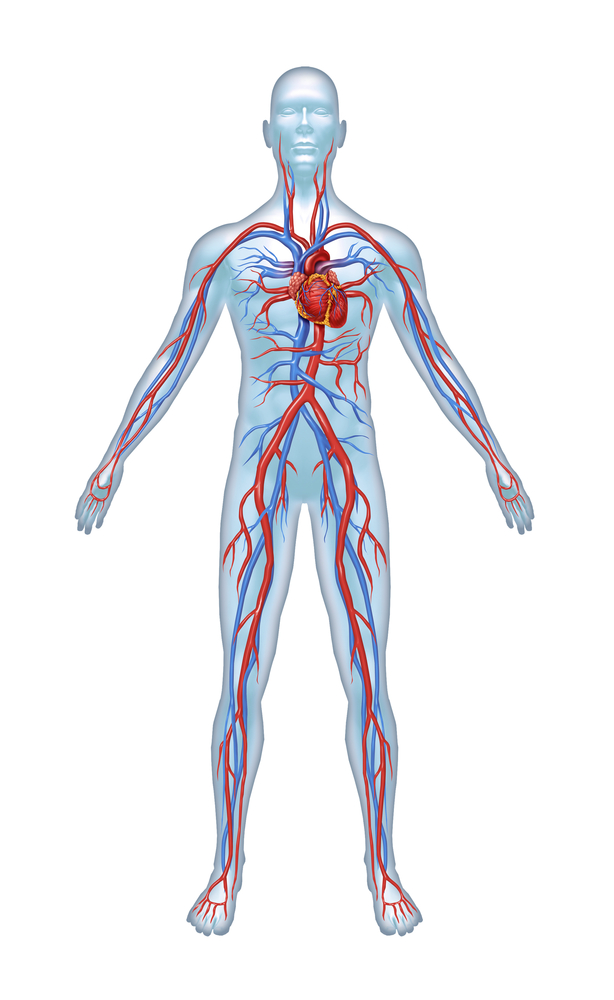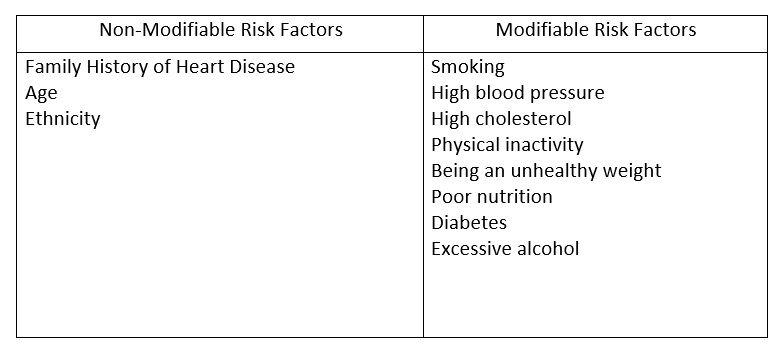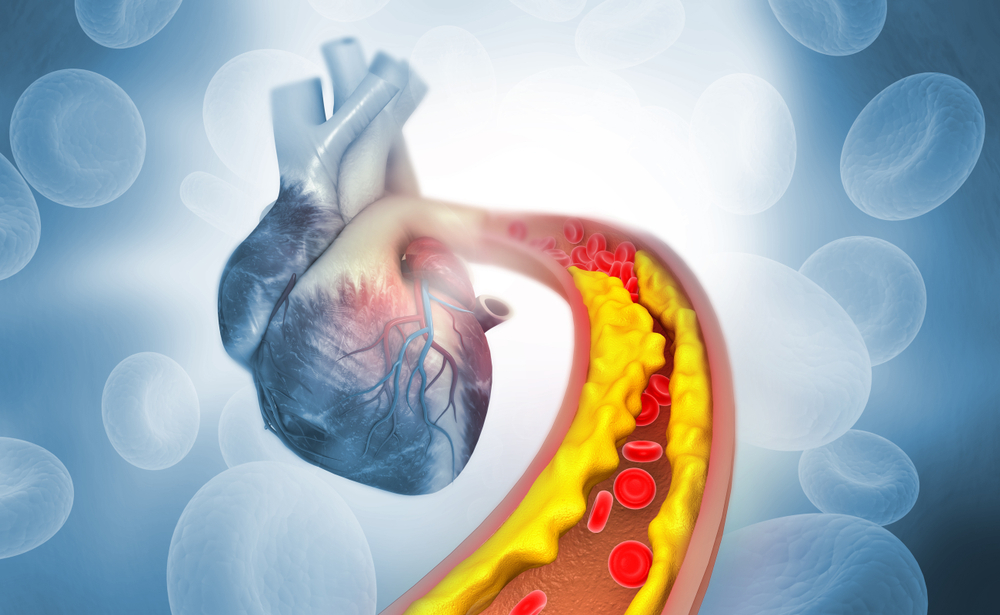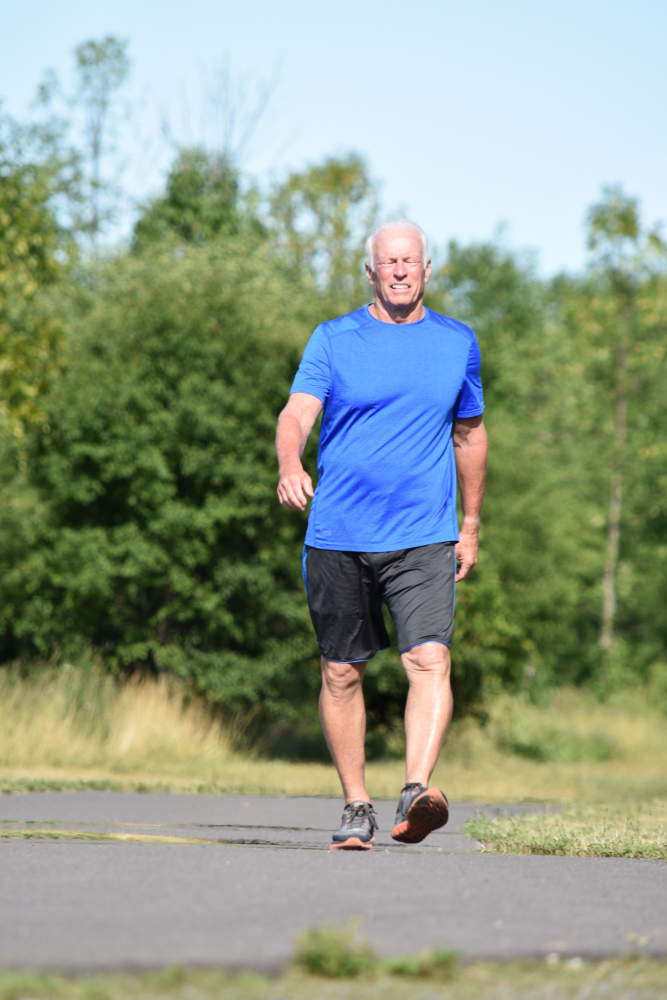Exercise for Heart Disease
The heart is a muscle that pumps blood around the body. Like all our muscles it needs exercise to stay healthy and strong.
Cardiovascular disease is an umbrella term for several conditions that affect your heart. These include narrowing of the blood vessels that supply the heart (coronary artery disease), problems with the electrical signaling of the heart (arrythmias), as well as problems with the valves that control the flow of blood through the heart (heart valve disease). Cardiovascular disease affects 1 in 5 Australians and is one of the leading causes of death and disability in Australia. One person dies every 11 minutes in Australia from cardiovascular disease.
In most cases, the underlying cause of cardiovascular disease is atherosclerosis, which is a complex condition that results in the narrowing and clogging of the arteries due to a build-up of plaque in the artery wall. High blood pressure, high blood glucose levels and high cholesterol can all contribute to this process.
There are several risk factors associated with the development of cardiovascular disease. We call these non-modifiable (things that you cannot change) and modifiable (things that you can change) risk factors. Although we can’t change our age or family history, for example, we can significantly improve things such as eating habits, bodyweight and activity levels, which will help to prevent or manage cardiovascular disease.



What is coronary artery disease?
Coronary artery disease is atherosclerosis (narrowing and hardening) of the blood vessels that supply the muscle of the heart. As it progresses, the fatty build up in the artery walls harden into plaque. The main symptom associated with coronary artery disease is called angina:
Angina is chest pain associated with narrowing of the arteries that supply the heart with blood. During physical activity or emotional stress, the increased demand for blood flow to the heart is restricted and leads to pain generated by the heart muscle.
There are two types of angina:
Stable angina – Has a more predictable onset and is usually associated with physical exertion or emotional stress.
Unstable angina – Dangerous and unpredictable attacks that can occur at any time.
Coronary artery disease can lead to a heart attack, which occurs when there is a sudden and complete blockage of an artery that supplies blood to the muscle of your heart. A heart attack occurs when a piece of plaque on the wall of the artery breaks off, forms a clot and blocks the flow of blood to the heart muscle, preventing it from contracting effectively to pump blood around the body.
What type of exercise is best for cardiovascular disease?
Regular exercise can have huge benefits for anyone with heart disease, as it can strengthen your heart muscle and help you manage blood pressure and cholesterol levels. Exercise, together with a healthy diet can also help you to manage body weight.
In most cases, exercise is very safe for people with heart disease and can easily be introduced into your life. There has been a lot of research into the best type of exercise for people with heart disease, and it is clear that it should consist of two main components:
• Aerobic exercise – This includes activities such as walking, swimming, cycling, dancing. Start slowly but aim to do a little on most days of the week. For patients with heart disease, it is generally recommended to increase how often you exercise before increasing how long you exercise for (eg. Do a short walk every day before increasing how far you walk). Try and work up to exercising more than 150 minutes per week, which equates to 30 minutes, 5 days per week. For patients with heart disease, include a warm-up and cool-down where you are exercising at a low intensity at the start and end of your exercise session.
• Resistance exercise – This refers to activities where you are using your muscles to push or pull against a resistance. This can include weights, elastic exercise bands or bodyweight exercises. Start slowly using light weights but aim to build up to two sessions per week of approximately 30 minutes. Do not hold your breath during any of the movements and avoid exercises where you are lifting above your head or holding still against a resistance (isometric exercises).


Our Exercise Physiologists at Glebe Physio are professionals who are trained in the safe and effective prescription of exercise for people with conditions such as heart disease. At Glebe Physio, we offer one-on-one appointments to individually assess your situation and tailor an exercise program for you, as well as fully supervised classes for those who enjoy exercising in a group environment.
If you would like to ask a question about exercise for cardiovascular disease or anything else, visit our Contact Us page to get in touch.
If you are ready to make an appointment, visit our make a booking page and get started today.
Get Active!
For more, visit our Frequently Asked Questions page.
If you would like to ask a question about our services or anything else, visit our Contact Us page to get in touch.
If you are ready to make an appointment, visit our make a booking page and let us help you with your fitness or recovery.

